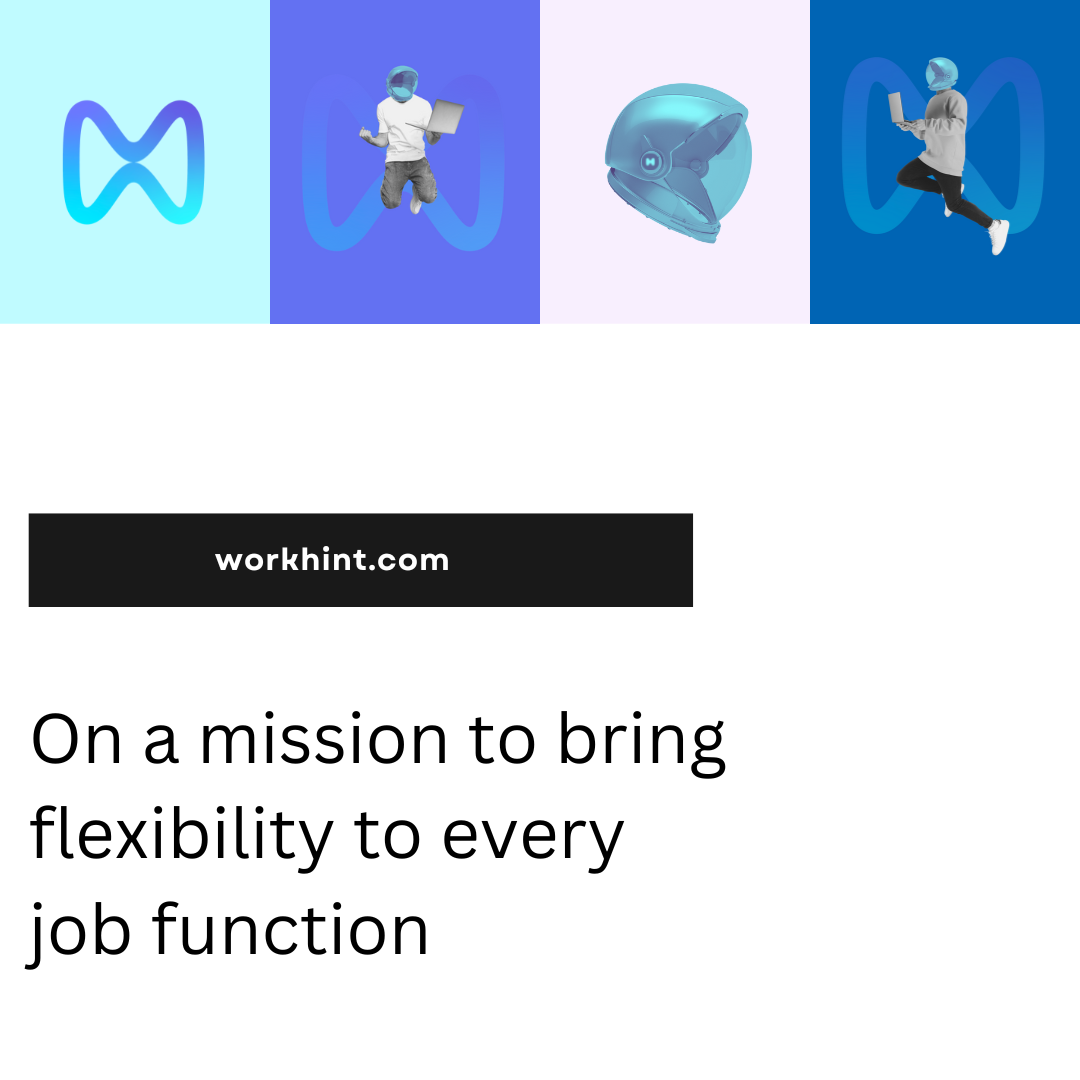In recent years, the world has witnessed a wave of layoffs across big tech companies. The COVID-19 pandemic has also accelerated this trend, with many businesses struggling to survive in a rapidly changing landscape. While these layoffs are undoubtedly painful for the employees involved, there is a silver lining: they provide an opportunity for big tech companies to embrace flexible hiring and build more resilient teams.
Flexible hiring is a strategy that allows companies to quickly adapt to changing market conditions by hiring and letting go of employees as needed. Instead of relying on a fixed number of full-time employees, companies can rely on a mix of full-time, part-time, contract, and freelance workers to meet their staffing needs.
One of the biggest benefits of flexible hiring is the ability to scale up or down quickly in response to changes in demand. For example, if a big tech company sees a sudden spike in user activity, it can quickly hire a team of contractors or freelancers to handle the increased workload. Conversely, if demand drops, the company can let go of those workers without incurring the cost of severance packages and other expenses associated with full-time layoffs.
Another advantage of flexible hiring is that it allows big tech companies to tap into a wider pool of talent. By embracing remote work and hiring freelancers, companies can access skilled workers from all over the world, regardless of their location. This can be especially valuable for companies looking to expand into new markets or develop new products.
However, it’s important to note that flexible hiring is not a one-size-fits-all solution. While it can be a powerful tool for big tech companies, it’s not appropriate for every situation. For example, there may be legal or regulatory constraints that limit the use of contract workers, or certain roles may require a high degree of collaboration and teamwork that’s difficult to achieve with remote workers.
In addition, companies must be careful to avoid creating a two-tiered workforce where full-time employees are given preferential treatment over contractors and freelancers. This can lead to morale and productivity issues, as well as potential legal problems.
To ensure the success of a flexible hiring strategy, big tech companies must invest in the right tools and infrastructure to manage a diverse workforce. This includes developing clear policies around hiring, onboarding, and performance management, as well as implementing technology platforms that facilitate communication and collaboration among remote workers.
In conclusion, big tech layoffs can be a painful experience for employees, but they also provide an opportunity for companies to embrace flexible hiring and build more resilient teams. By tapping into a wider pool of talent and scaling up or down quickly in response to changes in demand, big tech companies can stay competitive in a rapidly changing marketplace. However, it’s important to approach flexible hiring with caution and to invest in the right tools and infrastructure to manage a diverse workforce.


Leave a Reply